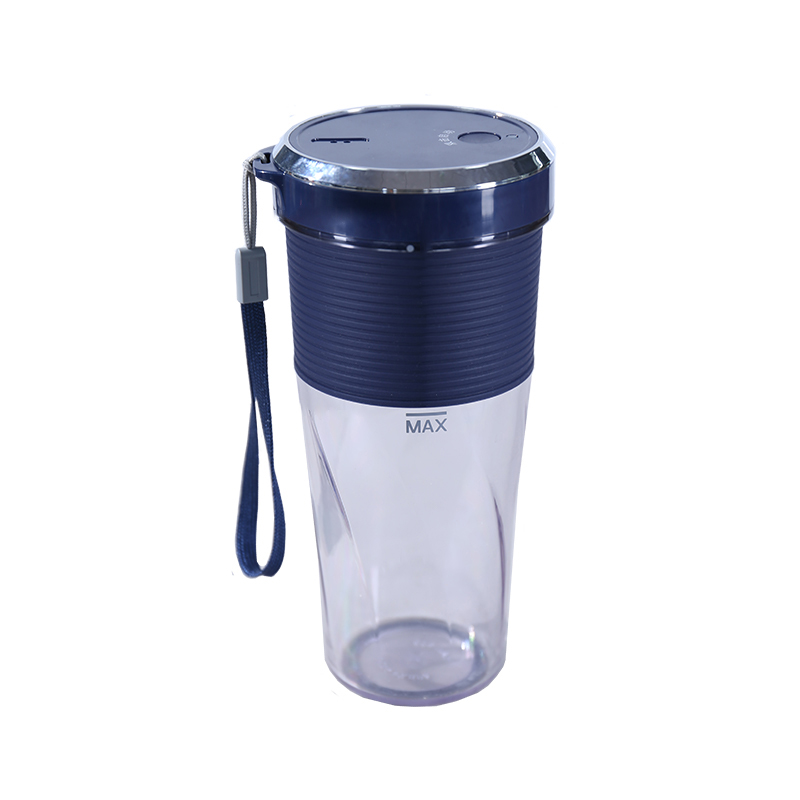Stainless steel mixing tanks are widely used in dairy products, beverages, bioengineering, pharmaceuticals, fine chemicals and other industries. The tank body and the upper and lower filling heads (or cones) are processed by spinning R angle. The inner wall of the tank is mirror-polished, and there is no hygienic dead angle. The fully enclosed design ensures that the materials are always mixed and fermented in a pollution-free state. The equipment is equipped with Air breathing holes, CIP cleaning nozzles, manholes and other devices.
Precautions for operation when cleaning and nursing the stainless steel mixing tank:
1. When cleaning the stainless steel mixing tank, please use a soft brush to scrub, do not scratch with a hard tool, so as not to damage the surface of the fermentation tank.
2. The supporting instrument should be calibrated once a year to ensure normal use.
3. When the equipment is out of use, it should be cleaned in time, and the remaining water in each pipeline should be drained.
4. Loosen the cap and hand hole screws to prevent permanent deformation of the sealing ring.
5. Carbon steel equipment such as operating platform and constant temperature water tank should be painted regularly (once a year) to prevent corrosion.
6. Regularly replace the reducer lubricating oil to prolong its service life.
7. Check the oil level of the reducer frequently. If the lubricating oil is not enough, it needs to be increased in time. If the stainless steel mixing tank is not used temporarily, the stainless steel mixing tank needs to be emptied, and the remaining water in the tank and each pipeline should be drained.
Summer is here, and I want to drink a glass of juice to quench my thirst and be nutritious. But I always worry that there are chemical additives in fruit juice drinks. If you want to drink it with confidence, you should squeeze it with fresh fruit yourself. However, if you search for "juicer" on major e-commerce platforms, you will see many different styles of machines. In fact, they all have their own names, but we don't distinguish them in our daily life, and like to call them "juicers". However, different machines themselves, and the juice they make are different.
The earliest juicers consisted of a base, a container, and a filter screen, which made a lot of noise when working. After the food is broken, the juice residue is separated through a strainer. Due to the low power, the pulp cannot be chopped, the squeezed juice is easy to stratify, and there will be a lot of remaining juice in portable blender Factory the pomace that cannot be separated out, and it will be thrown away together with the pulp, which is very wasteful.

There is also a "juicing machine", the principle is similar to the drying barrel of a washing machine: through the rotation of the chassis blade, the fruit is chopped, and the juice and fruit residue are thrown to the filter by centrifugal force, so as to separate the juice residue. Although the juice yield will be higher than that of a juicer, there is still a lot of water left in the pomace, and the juice also has problems with stratification.
If you want to drink a good cup of juice, it is better to take a detour when you see these two types of machines. The following are the ones you should have.
The original juicer is one of the "evolutionary versions" of the juicer, which is a juicer that squeezes juice at a slow speed. The working principle of the juicer is very similar to "twisting the towel": through the screw extrusion, the juice is squeezed out little by little, and then the residue is filtered through the filter to get the clear juice.
Advantages: The juice is clear and not layered
After juicing with the original juicer, the residual dregs have less moisture, and the juice yield can usually reach more than 75%. Compared with a juicer with a juice yield of only about 30%, the waste of ingredients is greatly reduced. Also because of the high juicing rate, there is no need to add water to the machine when juicing. Compared with several other machines, the juice produced by the juicer tastes closer to the fruit itself. Because of the slow pressing method, there is no noise of the motor running at high speed during work.
Disadvantages: lack of cellulose, easy to gain weight
The vegetables and fruits we eat on weekdays have a high content of dietary fiber, which is not absorbed by the stomach and intestines, but has the effect of promoting gastrointestinal motility in the human body. However, the juice extracted by the original juicer has very little cellulose, and the proportion of fructose in pure juice is very high, so long-term drinking is easy to gain weight.


 英语
英语 俄语
俄语










 About Us
About Us

